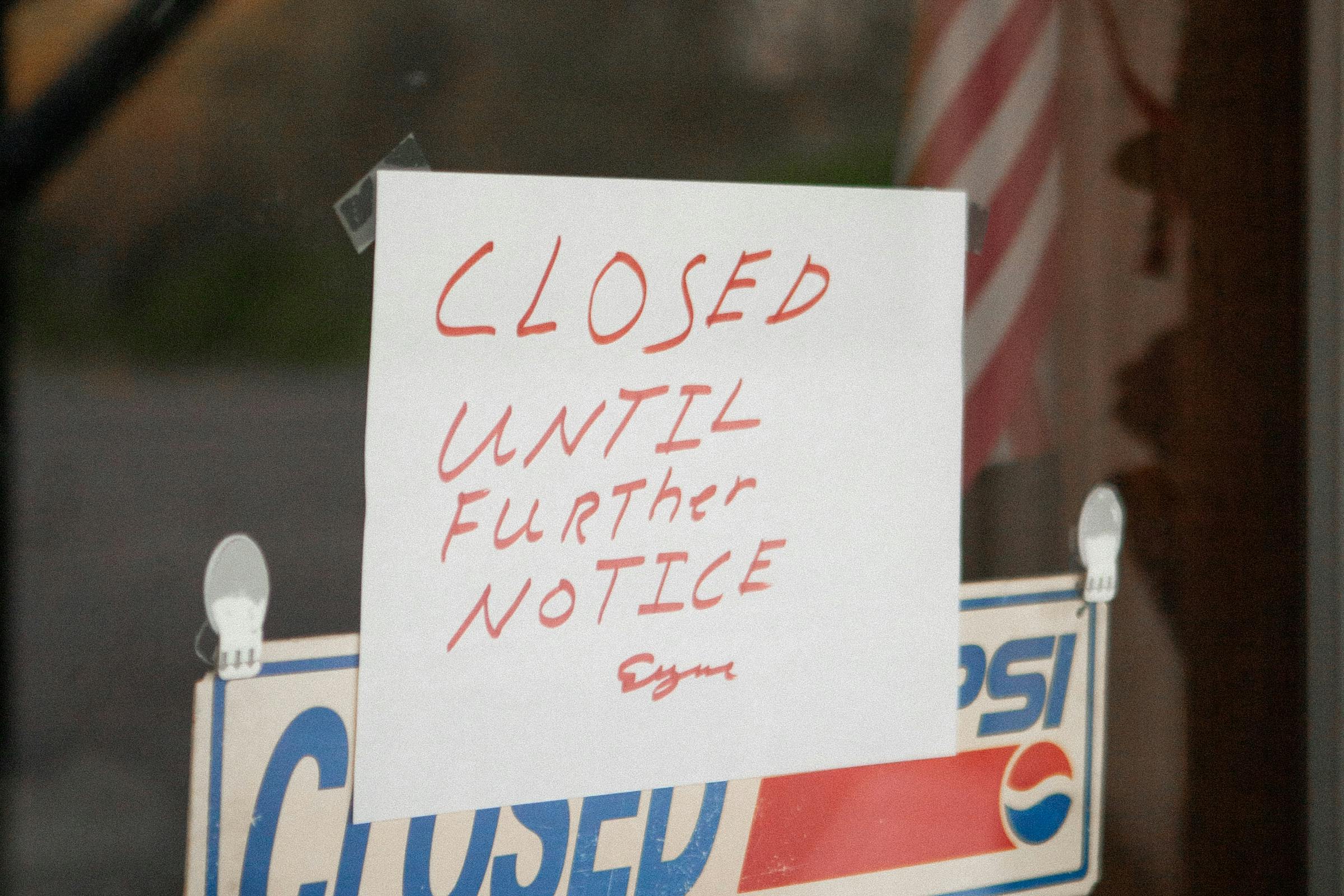The Trend Toward Multiple Jobs
H-1B visas are designed for skilled workers with extensive education, skills, and knowledge. As such, these individuals tend to make a higher wage than their unskilled counterparts. However, the economy and societal trend leans toward many people working multiple jobs. Whether this is to keep a roof over one’s head or plan for the future, or simply because other businesses covet their skills, it’s not uncommon for foreign workers to enter the US and decide to work for more than one employer.
The good news is that there’s a much easier way to do this legally than filing for an initial H-1B. The beneficiary has already undergone the extensive background check and screening USCIS requires. Now, the onus is focused on the new employer(s). There isn’t a limit regarding how many simultaneous jobs an H-1B holder can attain, and these can be in different fields, provided they’re within industries that the employee is an expert in (through education and skills). The only stipulation is that the employer must keep the valid H-1B status and prove they’re not “overworking.”
Examples of Second Concurrent H-1B Jobs
Let’s use an example of a visa beneficiary who has a degree in healthcare as a nurse practitioner and a business degree. They obtained an H-1B visa through the medical route to work in an office setting. However, they’ve been asked to work for another organization in an administrative capacity on their days off and with a flexible schedule. As long as the second organization files an H-1B petition and is approved, this is acceptable.
Second, concurrent H-1B jobs cannot include anything “under the table” paid in cash, 1099 work, contractual or menial labor, investments, Google Ad work, website design, cooking or selling food, or working for side hustles like Uber or Airbnb.
Requirements for an H-1B Concurrent Visa
The requirements for your second and subsequent visa include everything you originally demonstrated for your first H-1B visa petition. You must have a degree or equivalent experience in the industry of work. Your employer must prove that the specialty occupation they’re trying to fill requires an education solely obtained through a higher learning institution and that they hold an employee-employer relationship with you.
Keeping the Concurrent H-1B means ensuring you’re on the employer’s payroll with a W-2. You must change your original working hours when you add another job. Both jobs cannot be full-time.
What’s Next?
Ready to file a Concurrent H-1B visa? Most employers choose to work with a skilled immigration attorney like those of us at Visa2US. Although the process is similar to the initial H-1B petition, the new employer hasn’t gone through the steps yet, and it is possible for this request to be denied for multiple reasons.
First, the employer must file the Labor Condition Application via the Department of Labor and meet all the strict requirements for approval, including the demonstration of special knowledge for the position. Any vague or unclear descriptions can mean a fast rejection.
Next, employers must demonstrate proof of the employee’s degree and an employer-employee relationship. It sounds simple, but if the link between worker and employer isn’t clear or anything is missing, the petition may not be approved.
Third, the hours must be within an acceptable amount, meaning that part-time jobs can add up to full-time jobs, but the employee can’t have multiple full-time jobs. All work must qualify as an H-1B specialty occupation. Your attorney can help you verify that any subsequent work meets this criteria.
Finally, once the petition is filed, the employee can begin working for the new employer, who must notify USCIS of the Concurrent H-1B work. However, they must receive a visa stamp for the second job, which may require leaving the country and returning. After the USCIS receipt is given, they can proceed to the new work location.
In addition to these steps and requirements, there are other considerations that can make or break your Concurrent H-1B visa filing. For instance, you can’t file for these visas during the H-1B lottery window, and there are multiple fees included that must be paid throughout the process.
Let Visa2US take the confusion out of filing for your Concurrent H-1B visa and ensure your petition is well-prepared. Contact us today to get started!














